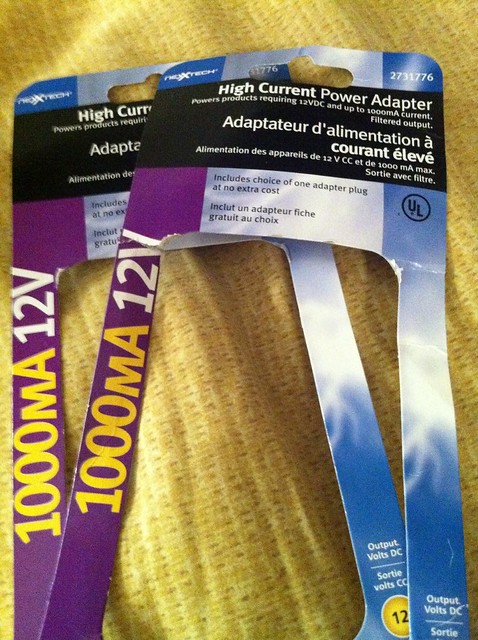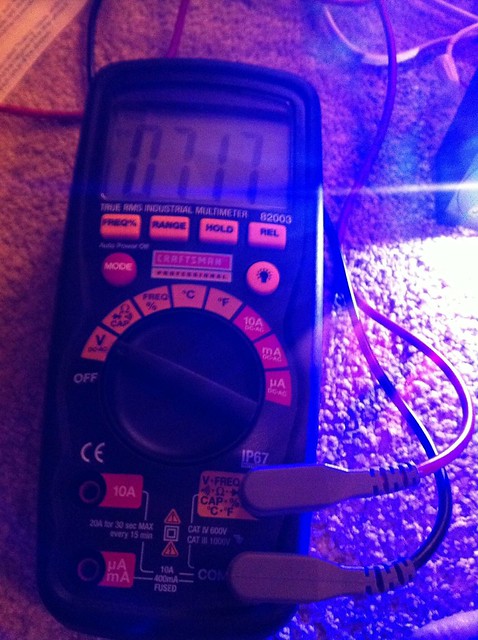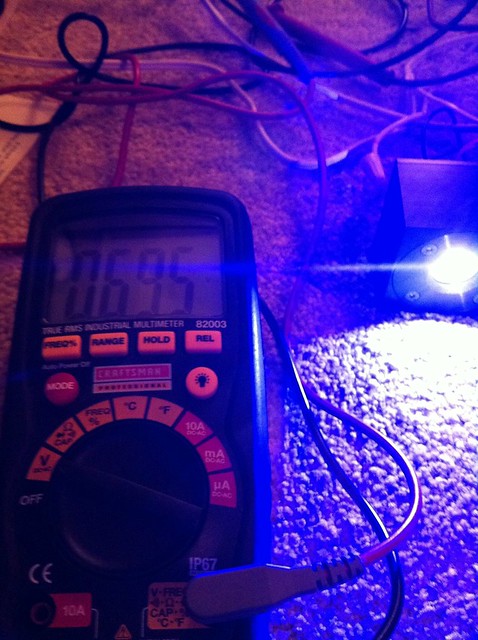- Joined
- Sep 20, 2008
- Messages
- 17,646
- Points
- 113
For any members that are looking for DIY LPM Projects and
LPM upgrade projects here are some links...
Simple Laser Power Meter Using IR Thermometer by Warske
Simple Laser Power Meter Using IR Thermometer - Laser Pointer Forums - Discuss Lasers & Laser Pointers
DIY: Laser Power Gauge by Benm
DIY: Laser Power Gauge - Laser Pointer Forums - Discuss Lasers & Laser Pointers
DIY: Laser Power Meter by knimrod
DIY Laser Power Meter - Laser Pointer Forums - Discuss Lasers & Laser Pointers
DIY: Laser Power Meter Interface Module by knimrod
http://laserpointerforums.com/f42/diy-laser-power-meter-interface-module-26428.html
DIY: LED/Photo Diode LPM by FireMyLaser
http://laserpointerforums.com/f42/led-photo-diode-laser-power-meter-26827.html
DIY Thermal LPM for under $50 by MarioMaster
http://laserpointerforums.com/f42/diy-thermal-lpm-under-50-a-51129.html
LASER POWER METER MODIFICATIONS AND UPGRADES
DIY Pre-Calibrated LPM for Under $100.00
DIY Pre-Calibrated LPM for under $100.00....
DIY 10 Watt Laser Power Meter by lasersbee
DIY-10Watt-Laser Power Meter Project...
DIY Kenometer Pro Mods...
Kenometer PRO Mods...
Jerry
You can contact us at any time on our Website: J.BAUER Electronics
LPM upgrade projects here are some links...
Simple Laser Power Meter Using IR Thermometer by Warske
Simple Laser Power Meter Using IR Thermometer - Laser Pointer Forums - Discuss Lasers & Laser Pointers
DIY: Laser Power Gauge by Benm
DIY: Laser Power Gauge - Laser Pointer Forums - Discuss Lasers & Laser Pointers
DIY: Laser Power Meter by knimrod
DIY Laser Power Meter - Laser Pointer Forums - Discuss Lasers & Laser Pointers
DIY: Laser Power Meter Interface Module by knimrod
http://laserpointerforums.com/f42/diy-laser-power-meter-interface-module-26428.html
DIY: LED/Photo Diode LPM by FireMyLaser
http://laserpointerforums.com/f42/led-photo-diode-laser-power-meter-26827.html
DIY Thermal LPM for under $50 by MarioMaster
http://laserpointerforums.com/f42/diy-thermal-lpm-under-50-a-51129.html
LASER POWER METER MODIFICATIONS AND UPGRADES
DIY Pre-Calibrated LPM for Under $100.00
DIY Pre-Calibrated LPM for under $100.00....
DIY 10 Watt Laser Power Meter by lasersbee
DIY-10Watt-Laser Power Meter Project...
DIY Kenometer Pro Mods...
Kenometer PRO Mods...
Jerry
You can contact us at any time on our Website: J.BAUER Electronics
Last edited:








